A close-up look at the Mini Vision concept
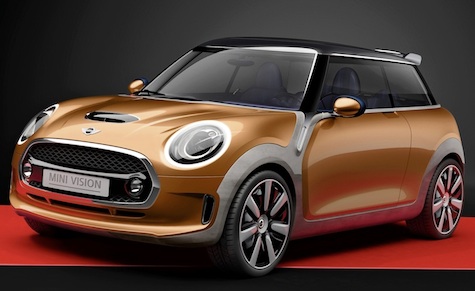
It's time for a new Mini, the third iteration of the reborn classic that goes from strength to strength as it fragments into myriad models and variants. The new car is set to be unveiled concurrently at the Tokyo and Los Angeles motor shows in November, so for now we have to settle on a virtual preview of its upcoming concept car, the Mini Vision.
It is hard to make a definitive judgment based on its digital format, but on first glimpse the new car appears more compact, a little more chiselled and certainly less heavy than the outgoing model. Sharper, more defined exterior lines help shed visual weight so the car feels less cutesy. 'We are introducing a sharper sculptural language,' confirms head of design Anders Warming. 'It represents our next era of form language,' he told Wallpaper* during the event held at Mini's design studio in Munich.
Most striking is the new double grille design. Warming notes that it 'reverts back to where we came from', and it's certainly closer to the original 1960s Sir Alec Issigonis car in how the top grille integrates with the bumper and fog lights. The curvature on the bonnet is also a direct reference to the former, where a sharp raised line intersected the bonnet.
Warming and his team have had the most fun with the interior. In typical Mini fashion, there's self-conscious quirkiness in the shape of Union Jack cup holders and disco lights, but overall the cabin is less cluttered. The familiar oversized circular central display unit remains the dominant feature, but it's now fully digital and housing all the connectivity aspects. Meanwhile, all that relates to physical driving appears on the steering column, and the floating centre console houses the mechanical dials for a 'good balance between mechanical and digital,' says Warming.
A new feature is the stretch fabric element in the doors - here criss-crossed as the Union Jack - that can be modified to act as cup holder, storage unit and so on. It replaces the usual plastic elements, is light and therefore a good way of shedding weight. The cloth concept is intriguing and it would be interesting to see if the team will push this forward for development.
A switch allows you to change the lighting, colours and atmosphere inside the car. Hit the sport button, for instance, and the whole space lights up in red - the display switches change too to signify that the steering, throttle and exhaust are now in their sportiest settings. This will also change the display unit to a classic, analogue-style view or 3D look. Finally, the footwell can be activated for a series of 'Mini disco' patterns.
According to BMW Group design director Adrian Van Hooydonk, the differentiation in the Mini line caters for increasingly different drivers. 'This wouldn't mean the Countryman for instance becomes sober, but there would be a different feel especially with interior colour and trim treatment,' he told us.
BMW is also making sure that tech sharing lowers costs. 'Now that we share the new front-wheel drive platform with BMW there is no longer the pressure to expand,' Van Hooydonk says. 'That gives Mini more time and space to consider its next step.'
Mini Vision isn't quite back to basics, but it bodes well for a more harmonious, honed and attractive basis for Mini to weave its magic in the years to come.
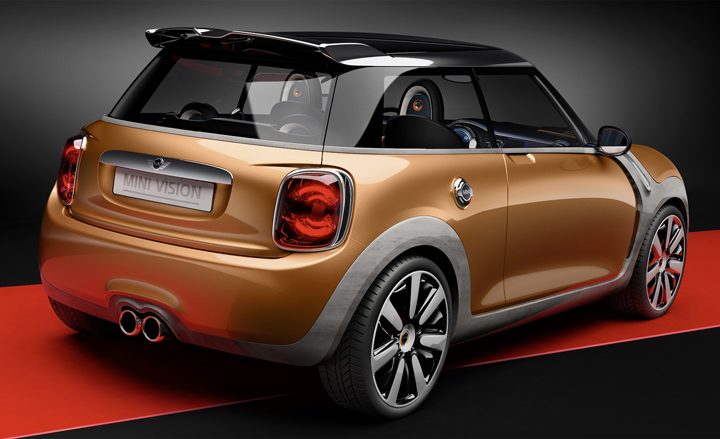
At first glance the new car appears more compact, a little more chiselled and certainly less heavy than the outgoing model. Sharper, more defined exterior lines help shed visual weight so the car feels less cutesy
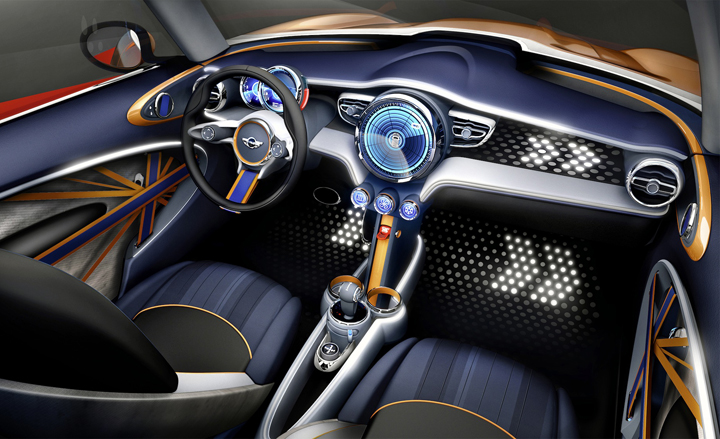
In typical Mini fashion, there's self-conscious quirkiness in the shape of Union Jack motifs and disco lights, but overall the cabin is less cluttered than previous models. The familiar oversized circular central display unit remains the dominant feature, but it's now fully digital and houses all the connectivity aspects
Receive our daily digest of inspiration, escapism and design stories from around the world direct to your inbox.
A writer and editor based in London, Nargess contributes to various international publications on all aspects of culture. She is editorial director on Voices, a US publication on wine, and has authored a few lifestyle books, including The Life Negroni.
-
 Usher opens up about breakfast playlists, banana pudding and why a glass tumbler is always on his rider
Usher opens up about breakfast playlists, banana pudding and why a glass tumbler is always on his riderOn the heels of a collaboration with Baccarat, the Grammy-winning singer-songwriter breaks down his entertaining tips. 'Hosting is an expression of how you feel about your guests and also who you are.'
-
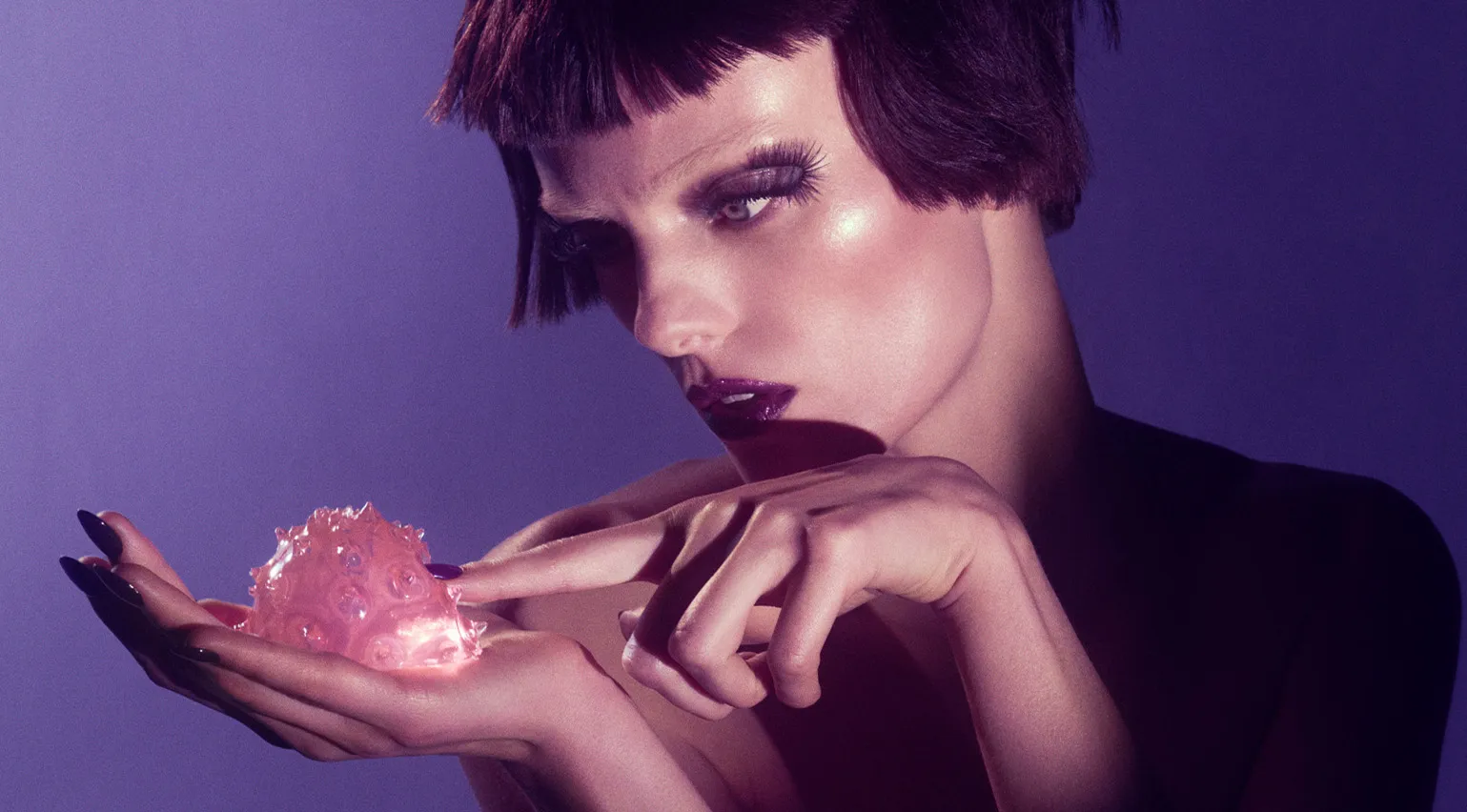 The beauty trends that will define 2026, from ultra-niche fragrances to anti-ageing dental care
The beauty trends that will define 2026, from ultra-niche fragrances to anti-ageing dental careAs we enter the new year, we speak to experts in fragrance, skincare, aesthetics, wellness and more about the trends that will be shaping the way we look
-
 The most stylish hotel debuts of 2025
The most stylish hotel debuts of 2025A Wallpaper* edit of this year’s defining hotel openings. Design-led stays to shape your next escape
-
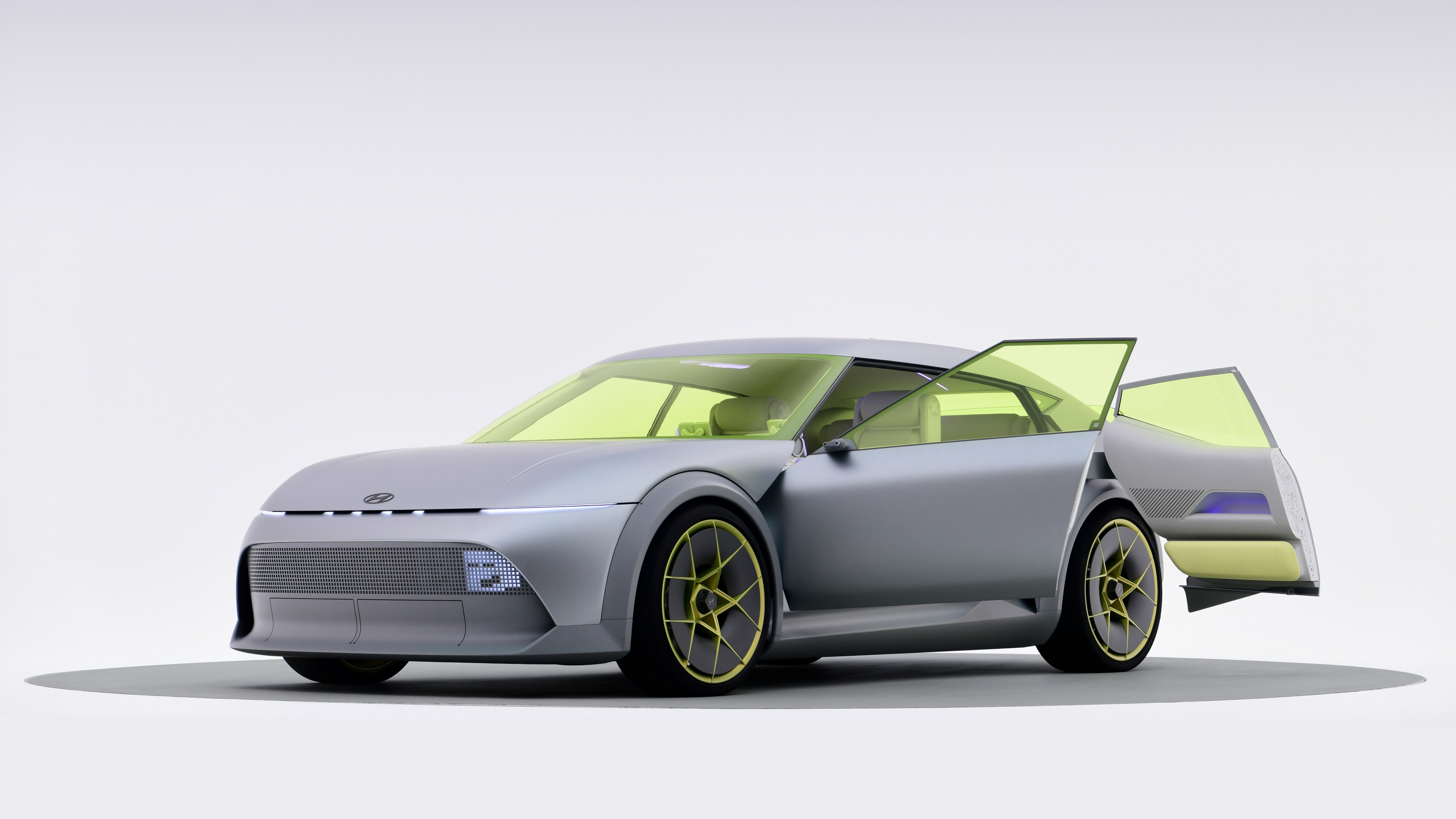 All the new electric cars and concepts revealed at Munich’s IAA Mobility 2025
All the new electric cars and concepts revealed at Munich’s IAA Mobility 2025Munich’s alternative motorshow is now in its third iteration, combining a traditional exhibition space with a conference and large-scale public activations on the streets of the city
-
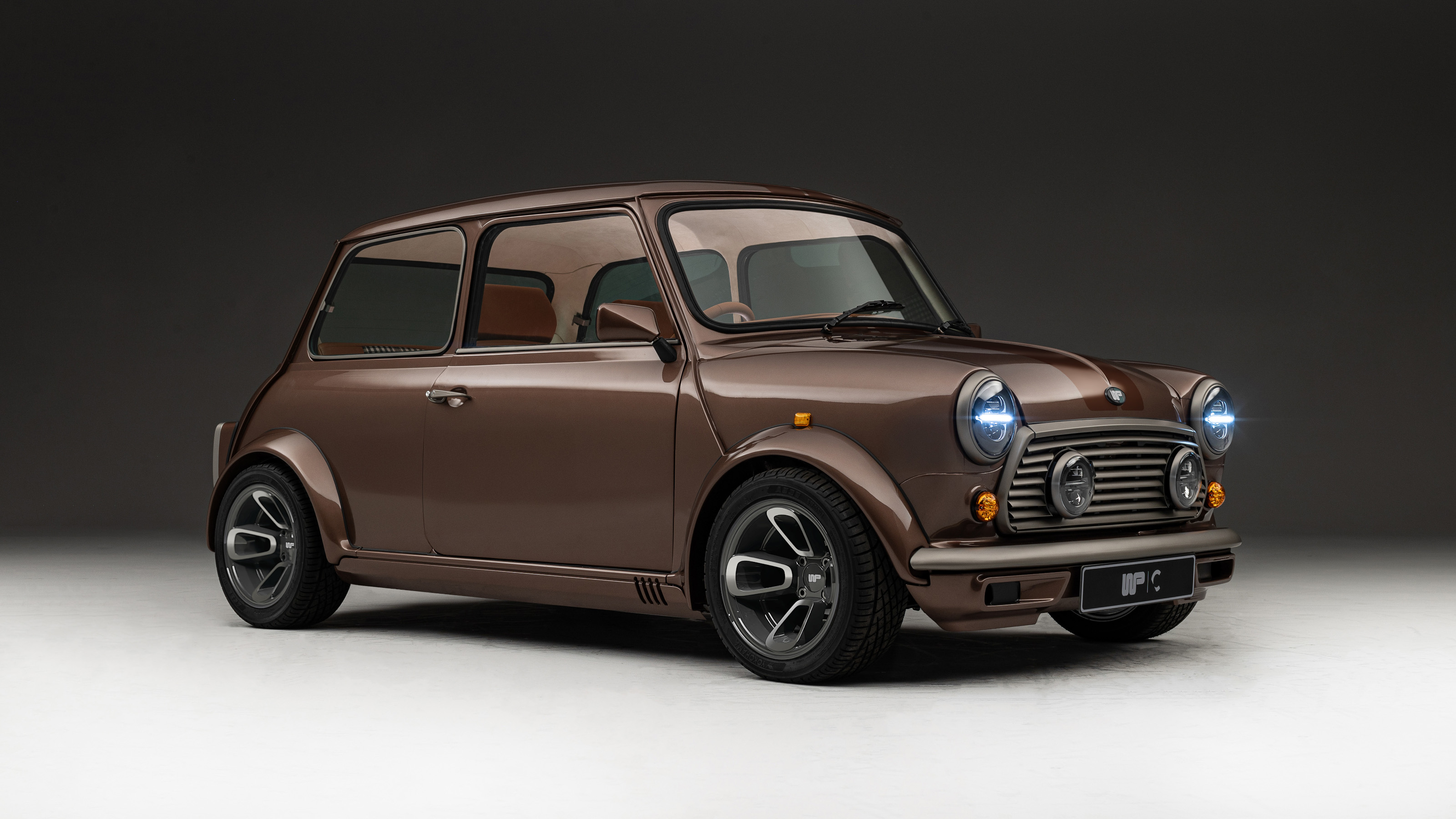 Callum Designs comes out swinging with its new take on the bespoke Wood and Pickett Mini
Callum Designs comes out swinging with its new take on the bespoke Wood and Pickett MiniIan Callum has overseen the revival of this classic coachbuilding brand, with David Gandy as the lucky first customer of the freshly revived Wood and Pickett Mini
-
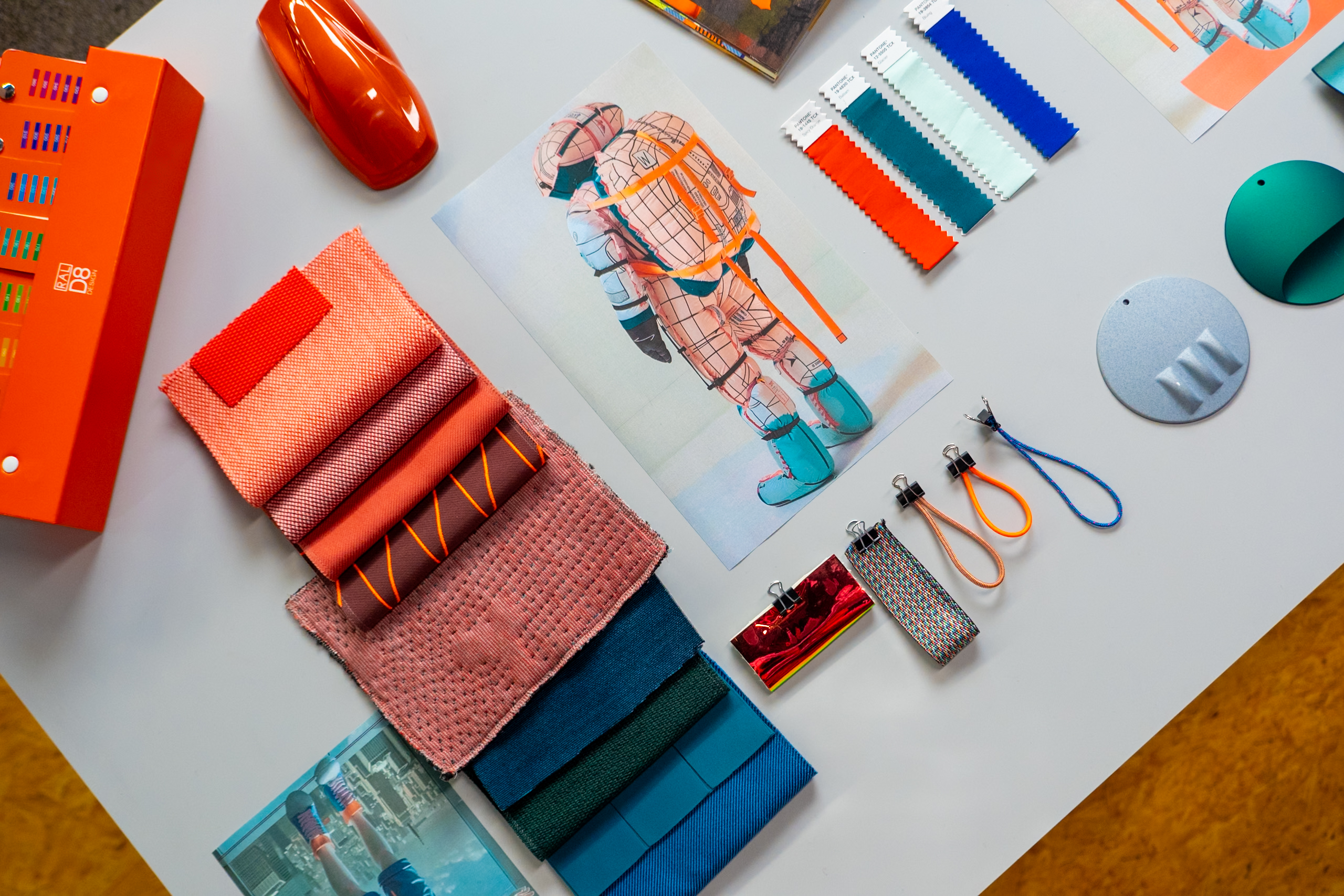 More colour and more design. More modernity. More Mini
More colour and more design. More modernity. More MiniThe iconic manufacturer has upped its game on tone, texture and interiors
-
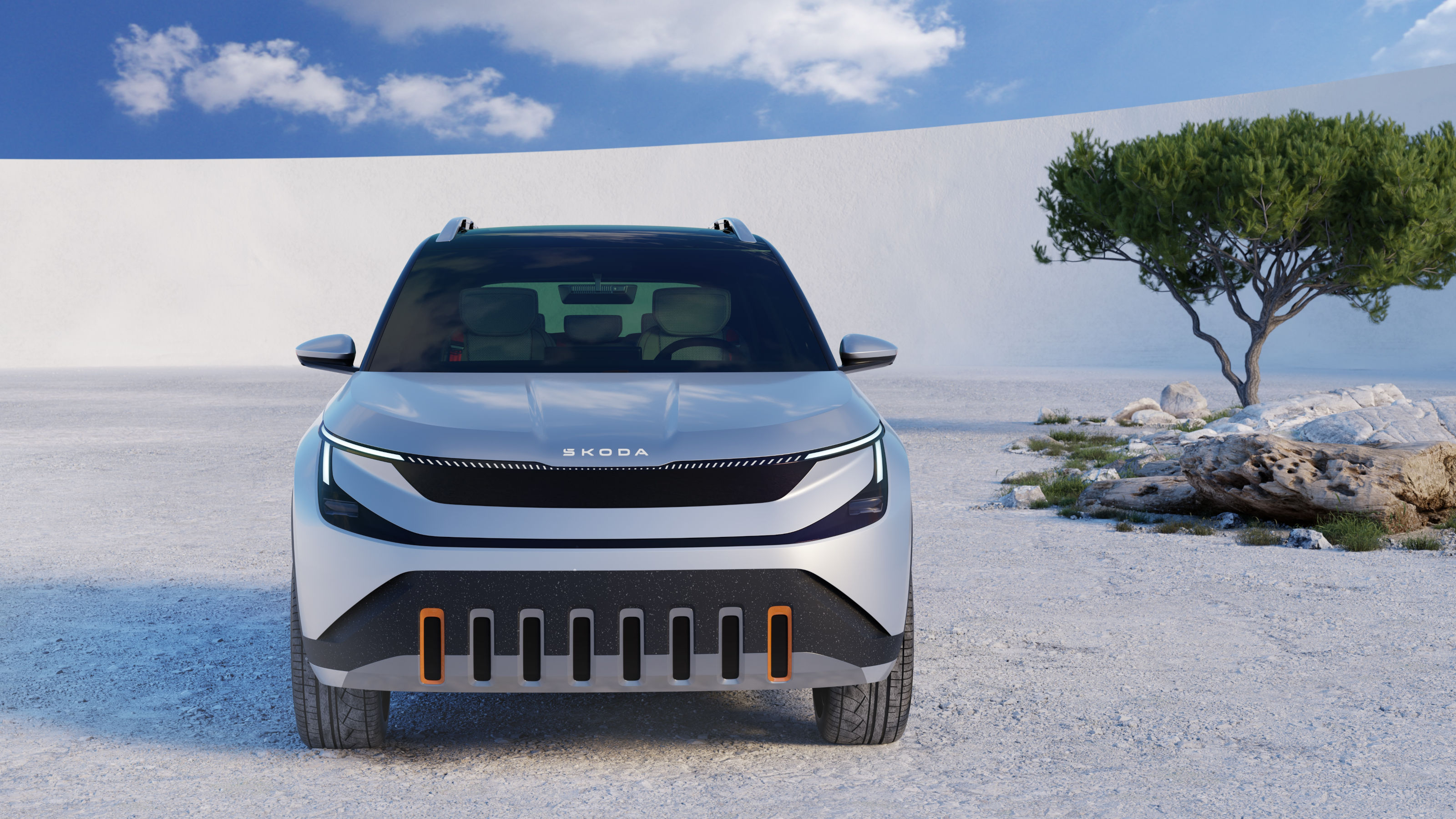 Coming soon: a curated collection of all the new EVs and hybrids that matter
Coming soon: a curated collection of all the new EVs and hybrids that matterWe've rounded up new and updated offerings from Audi, Porsche, Ineos, Mini and more to keep tabs on the shifting sands of the mainstream car market
-
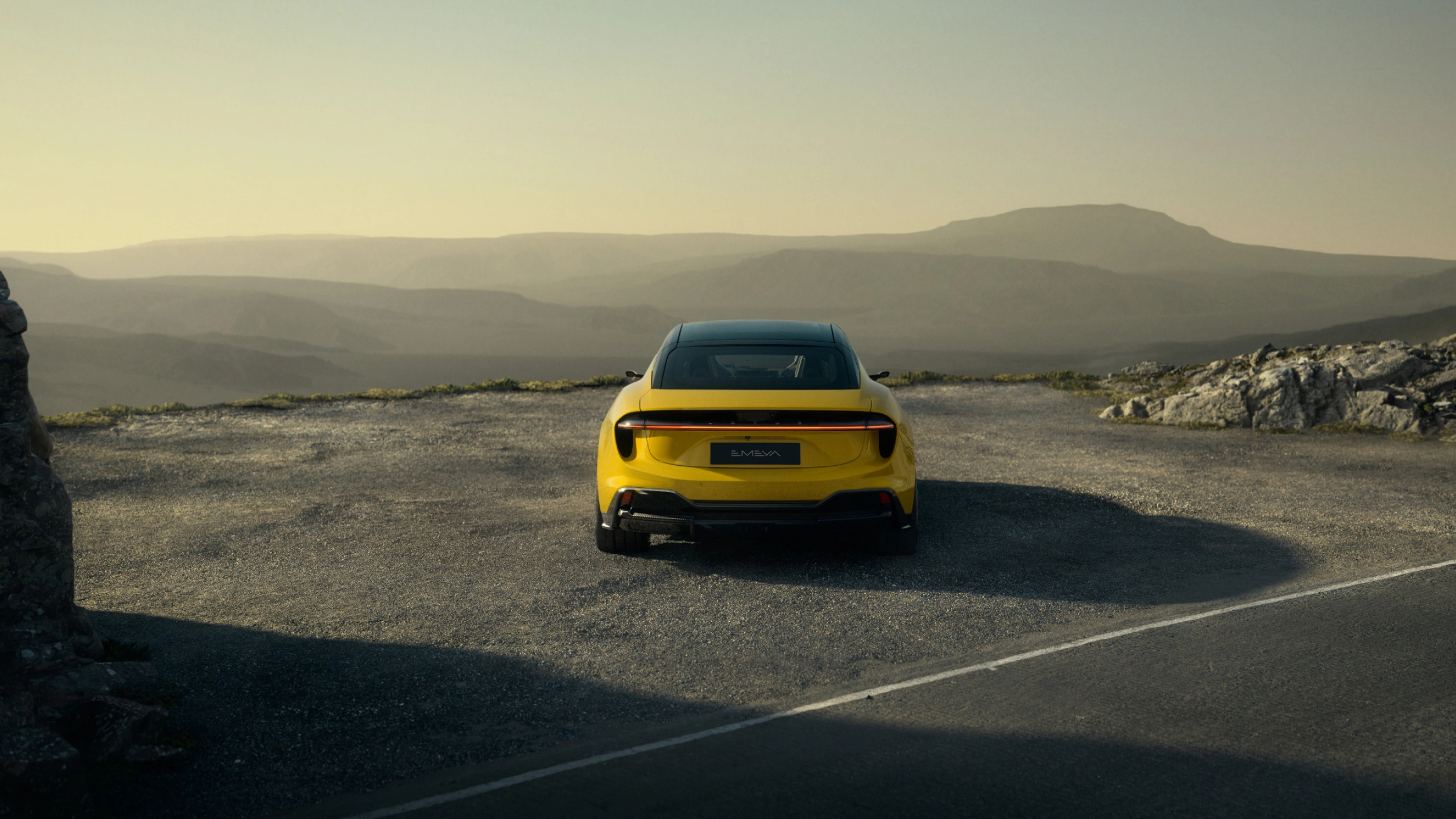 24 transportation design innovations for 2024
24 transportation design innovations for 2024From electric cars to new airports and sports boats, here’s a non-exhaustive list of 24 of the most interesting transportation design innovations to expect in the coming year
-
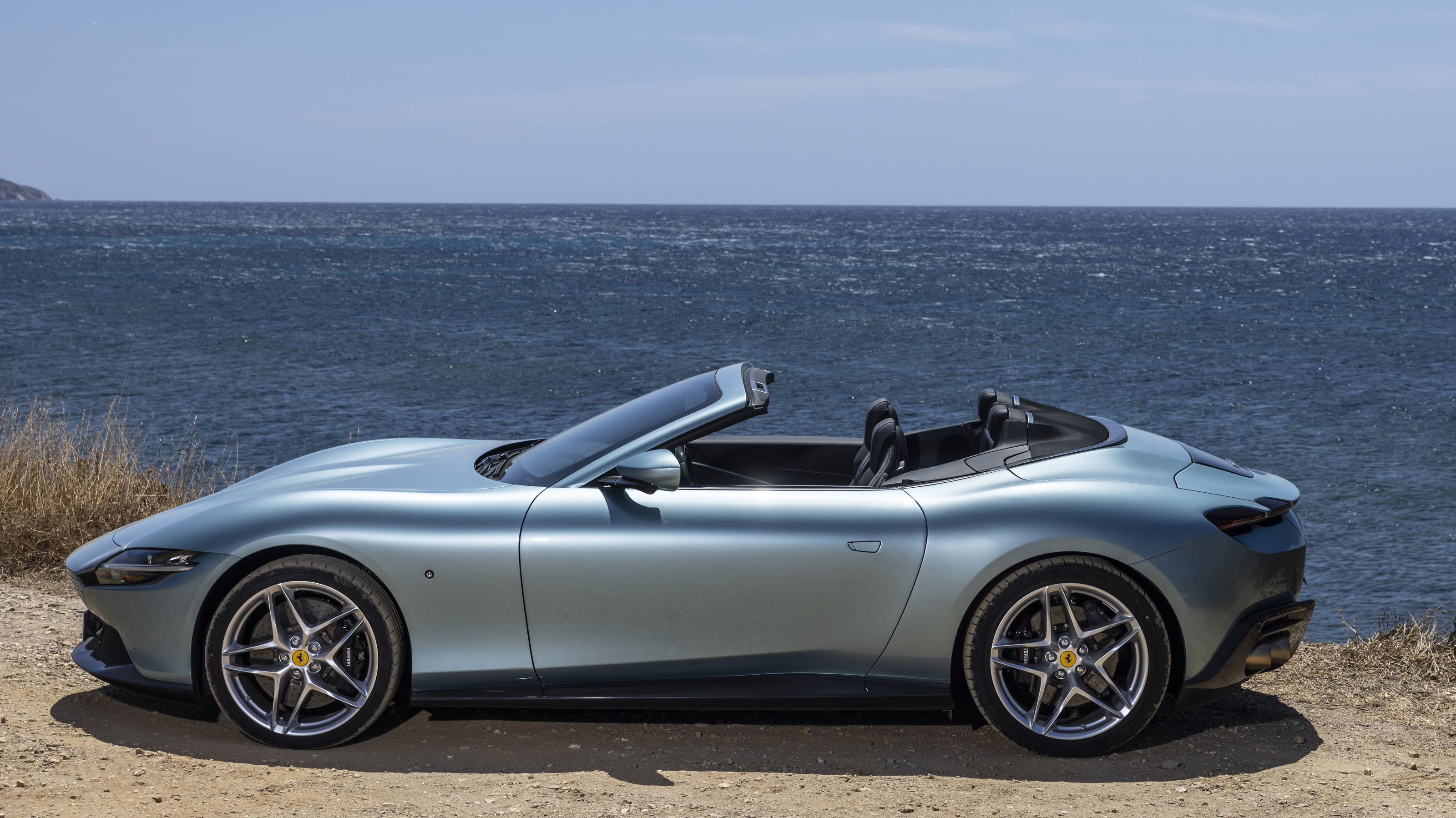 Year in review: the top 10 cars of 2023, as selected by Wallpaper’s Jonathan Bell
Year in review: the top 10 cars of 2023, as selected by Wallpaper’s Jonathan BellWhat were the best four-wheeled offerings of 2023? Transport editor Jonathan Bell takes us through the year’s most intriguing automobiles
-
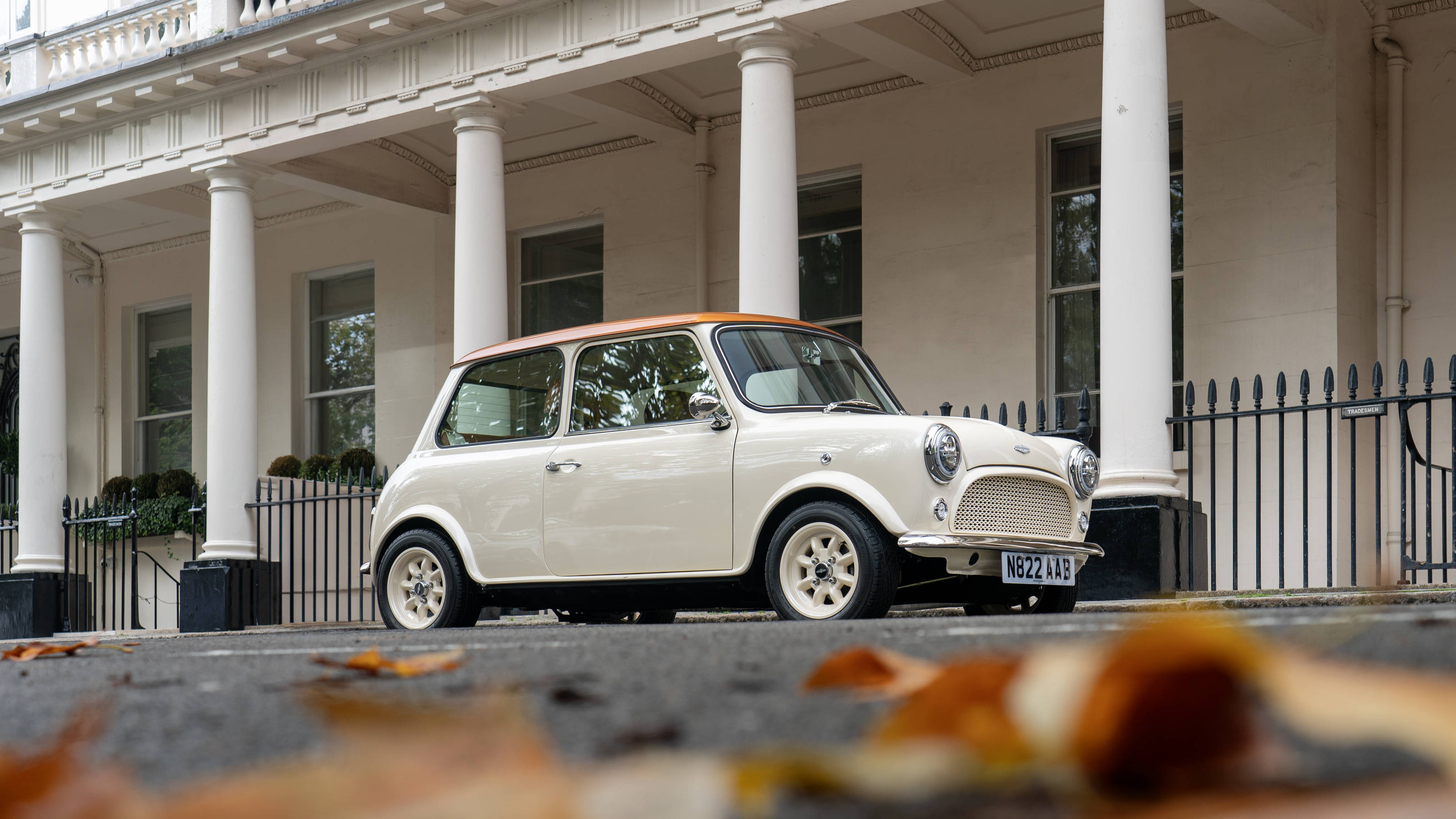 David Brown Automotive transforms original Mini into a high-end, high-spec EV
David Brown Automotive transforms original Mini into a high-end, high-spec EVThe DBA Mini eMastered: luxury motoring is rarely so altruistic and joyful
-
 Mini E-Bike 1, with Angell Mobility, is the carmaker’s first electric two-wheeler
Mini E-Bike 1, with Angell Mobility, is the carmaker’s first electric two-wheelerThe Mini E-Bike 1 opens up a new chapter for Mini, a collaboration that adds another mobility option to its freshly electrified range